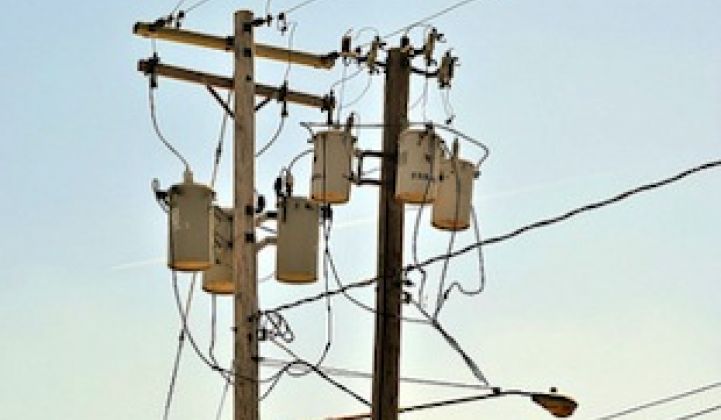While one of Ohio’s investor-owned utilities has been pushing for the past year to dismantle the state’s energy-efficiency requirement, another has just agreed with several environmental and consumer groups on a five-year efficiency plan that will exceed the energy savings required by the law.
Duke Energy, which serves about 645,000 residential and 63,500 business customers in the state, last week filed a plan with the Public Utility Commission of Ohio to reduce electricity use among its customers by 5.7 percent by the end of 2018. The state standard requires it to reduce power use by only 4.9 percent by that time.
“We are convinced their plan will achieve that,” said Rob Kelter, a senior attorney with the Environmental Law & Policy Center, one of the organizations that worked with Duke to develop the plan.
According to the ELPC, the reductions outlined in the plan will save at least 442,000,000 kilowatt-hours of electricity over three years, saving Duke’s customers more than $40 million. It’s roughly equivalent to the amount of power consumed by 46,500 homes in a year.
The plan just filed with the state utility regulator, while short on details, commits Duke to collaborate with several energy and environmental organizations to enhance Duke’s current suite of efficiency incentives and opportunities. Under the agreement, for example, Duke agrees to a range of initiatives, including:
- Working with the Natural Resources Defense Council to develop a “cool roof” component. The idea behind cool roofs, Kelter said, is to keep buildings cooler in summer by installing light-colored roofs that reflect light.
- Investigating the possibility of incorporating more LEDs into its lighting program
- Collaborating with interested customers to create a potential incentive around combined heat and power
- Developing a pilot program aimed at enhancing the efficiency of information technology
- Teaming up with the Greater Cincinnati Energy Alliance to beef up and streamline energy-efficiency efforts in the area served by both entities.
While Duke and the environmental and consumer representatives agreed on the plan’s efficiency goal, Kelter said that many of the plan’s details will be worked out during the next three years. Although the plan projects out five years, the state requires that it be refined every three years.
Also, Ohio state senator Bill Seitz, who has led several challenges to the state’s energy efficiency and renewable energy standard, plans to introduce a bill in the next legislative session that would limit how much utilities can spend on efficiency programs.
Duke Energy and the other investor-owned utilities that serve Ohio have taken a very different position than utility FirstEnergy with regard to the state’s efficiency standard.
Blair Schroeder, a spokesman for Duke, said that the company “considers efficiency to be the fifth fuel. We fully embrace energy efficiency and demand response. We were doing it before a majority of other utilities in Ohio were. We are meeting and exceeding the state mandate. We take to heart that this can be a win-win.”
Kelter, from the ELPC, concurred. Duke and the others “have stayed on the sidelines and worked cooperatively with us on these plans,” he said. “FirstEnergy has been the outlier.”
***
Editor's note: This article is reposted in its original form from Midwest Energy News. Author credit goes to Karen Uhlenhuth.



